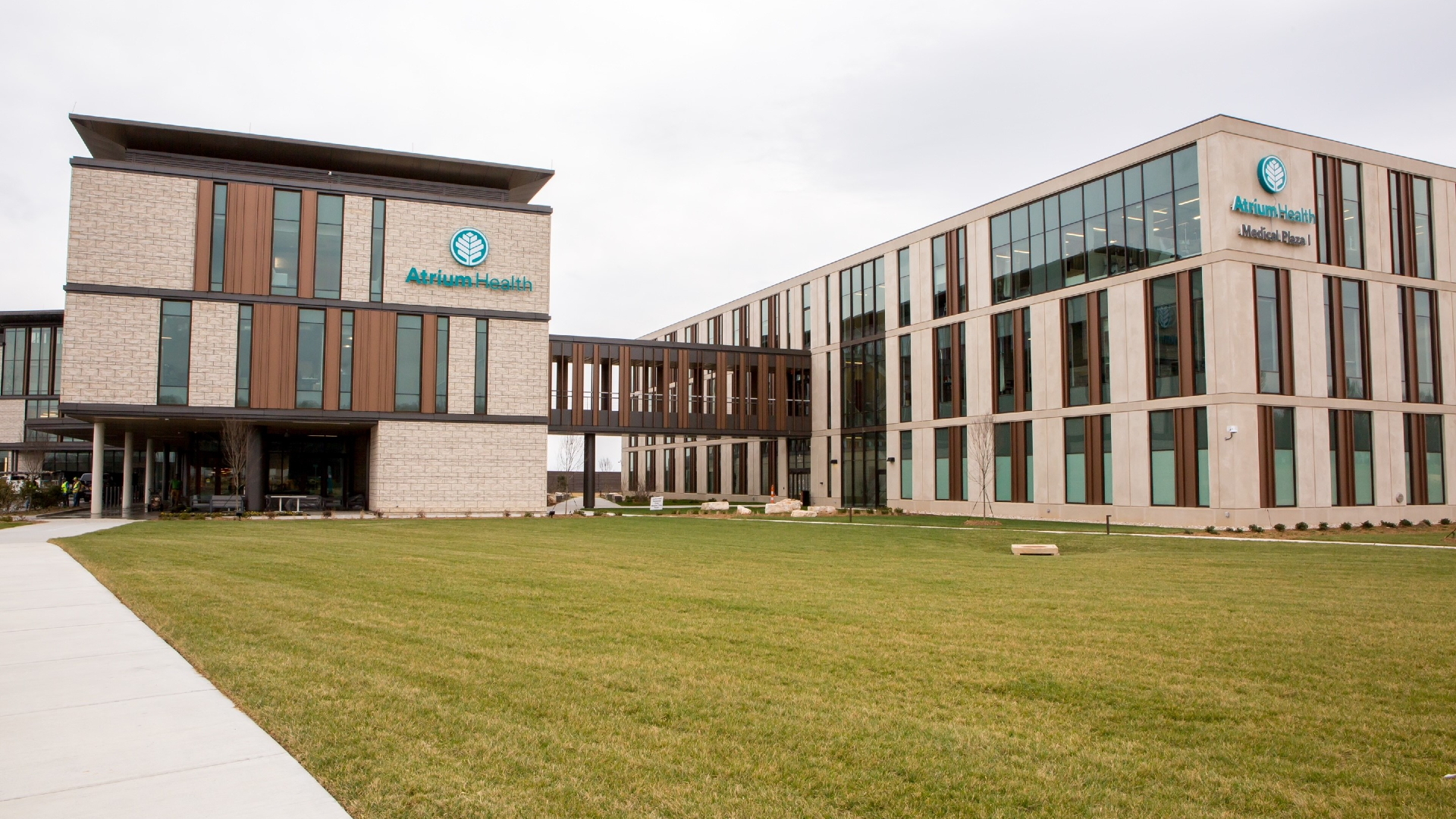Introduction to MRI Technology
Magnetic Resonance Imaging (MRI) is a vital diagnostic tool in modern medicine, allowing detailed imaging of internal body structures. MRI technologists, also known as MRI techs or MRI technologists www.german-seo.com/, play a crucial role in operating MRI machines and assisting in the imaging process.
Who is an MRI Tech?
An MRI tech is a healthcare professional trained to operate MRI equipment, ensuring accurate imaging while prioritizing patient safety and comfort. They work closely with radiologists and other medical professionals to produce high-quality images for diagnosis and treatment.
Educational Requirements for MRI Technologists
Becoming an MRI tech typically requires a blend of formal education, clinical training, and certification. While specific requirements may vary by state or institution, a strong foundation in science and mathematics is often necessary.
Duration of Education and Training
The path to becoming an MRI tech begins with undergraduate studies, followed by specialized MRI programs.
Undergraduate Studies
Most MRI programs require candidates to have a bachelor’s degree in a related field, such as radiologic technology or nursing. This typically takes around four years to complete.
Specialized MRI Programs
After completing undergraduate studies, aspiring MRI techs enroll in specialized MRI programs, which focus specifically on MRI technology and imaging techniques. These programs can vary in length but generally last between one to two years.
Clinical Experience and Internship
Hands-on clinical experience is a critical component of MRI training. Students typically complete internships or clinical rotations at hospitals or imaging centers to gain practical skills under the supervision of experienced technologists.
Certification and Licensure
Upon completing their education and clinical training, MRI technologists may pursue certification through organizations such as the American Registry of Radiologic Technologists (ARRT) or the American Registry of Magnetic Resonance Imaging Technologists (ARMRIT). Licensure requirements vary by state.
Continuing Education
MRI technology is continuously evolving, and ongoing education is essential for MRI techs to stay current with advancements in the field. Many certifying organizations require technologists to complete continuing education credits to maintain their certification.
Factors Affecting Time to Become an MRI Tech
Several factors can influence the time it takes to become an MRI tech, including:
- Previous Education and Experience: Candidates with prior healthcare experience or relevant coursework may have a shorter path to becoming an MRI tech.
- Full-time vs. Part-time Study: Full-time students typically complete their training more quickly than those studying part-time.
- Program Flexibility: Some programs offer flexible scheduling options, allowing students to balance their education with other commitments.
Career Outlook for MRI Technologists
The demand for MRI technologists is expected to grow in the coming years, driven by advances in medical imaging technology and an aging population requiring diagnostic services.
Conclusion
Becoming an MRI tech requires dedication, specialized training, and a commitment to lifelong learning. While the path may vary for each individual, the rewarding career offers opportunities to make a meaningful impact on patient care.







